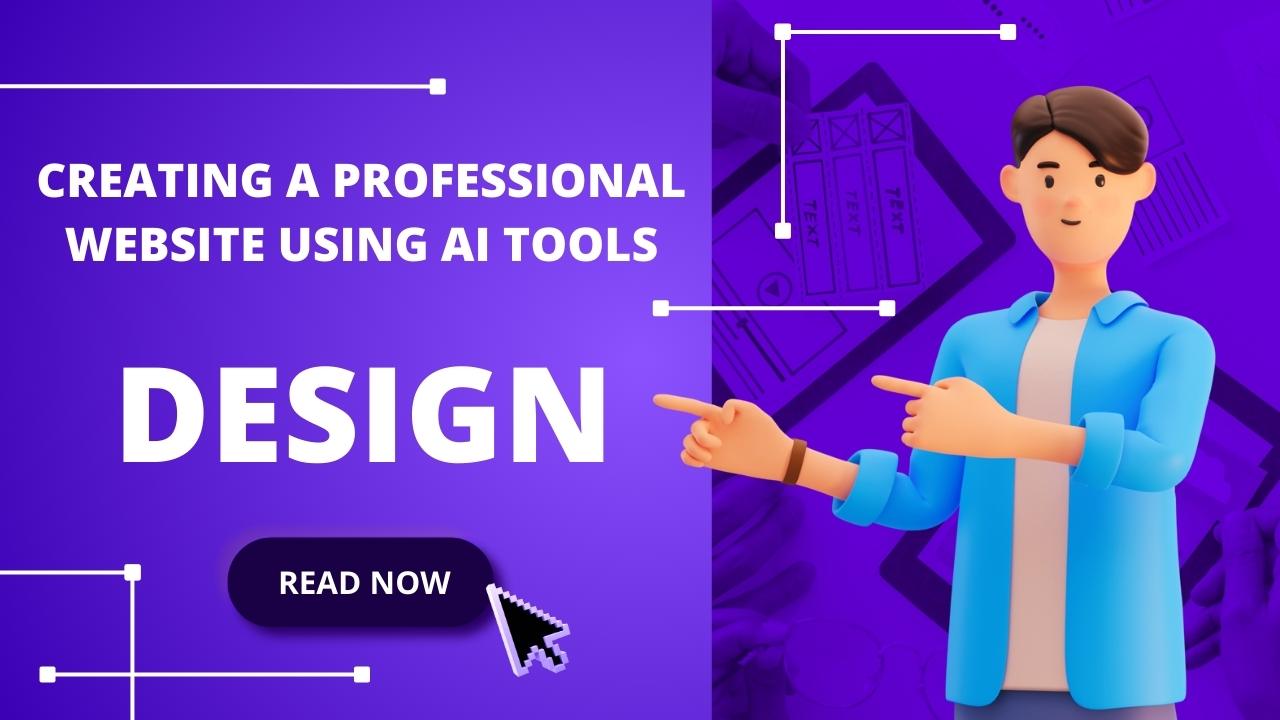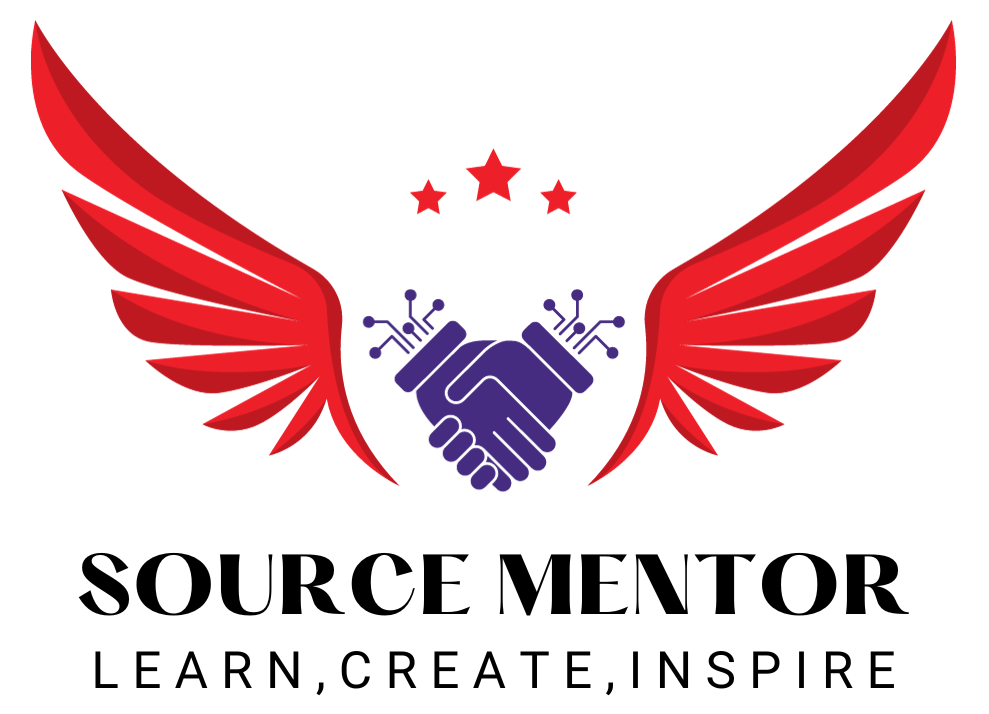Creating a Professional Website Using AI Tools
AI Website Creation The advent of artificial intelligence (AI) has transformed many industries, including web design. Gone are the days when building a professional website required extensive coding knowledge or hiring a web developer. AI tools have democratized the process, making it easier and faster for anyone to create a high-quality, responsive website.
Why Use AI for Website Creation?
AI-powered website builders are designed to simplify the design process by automating tasks such as layout design, content formatting, and even SEO optimization. These tools use machine learning algorithms to create websites that are not only visually appealing but also user-friendly and optimized for search engines. Whether you’re a small business owner, a freelancer, or someone looking to establish an online presence, AI tools offer an efficient and cost-effective solution for website creation.
Selecting the Right AI Website Builder AI Website Creation
Factors to Consider When Choosing a Platform
Choosing the right AI website builder is crucial to the success of your website. Here are some factors to consider:
- Ease of Use: Look for a platform that offers an intuitive interface with drag-and-drop functionality, making it easy for beginners to create a website.
- Customization Options: Ensure the platform allows for significant customization so you can tailor your website to match your brand.
- Templates and Design Options: A wide variety of templates and design options can help you start quickly and give your website a professional look.
- SEO and Marketing Tools: Built-in SEO tools and marketing features can help you attract more visitors to your site.
- E-commerce Capabilities: If you plan to sell products or services, make sure the platform supports e-commerce with features like shopping carts and payment gateways.
- Customer Support: Reliable customer support is essential, especially if you encounter issues during the website-building process.
Top AI Website Builders in 2024
- Wix ADI: Known for its ease of use and powerful customization options.
- Zyro: Offers AI-driven content generation and heatmaps for better user engagement.
- Bookmark: Features AIDA, an AI design assistant that creates personalized websites in minutes.
- Jimdo Dolphin: Simplifies the website creation process with its AI-driven design capabilities.
- Site123: Ideal for quick and simple website creation with a focus on speed and ease of use.
Planning Your Website
Defining Your Website’s Purpose and Goals
Before diving into the design process, it’s important to have a clear understanding of what you want your website to achieve. Ask yourself the following questions:
- What is the primary purpose of your website? (e.g., selling products, sharing information, building a portfolio)
- Who is your target audience?
- What are the key features and functionalities you need?
- How will you measure the success of your website?
Creating a Sitemap and Wireframe
A sitemap is a visual representation of the structure of your website, showing the different pages and how they are linked together. A wireframe is a basic layout of a webpage, showing the placement of key elements like the header, navigation, content, and footer.
Content Strategy and SEO Planning
Plan out the content for your website, including text, images, videos, and other media. Consider how you will optimize your content for search engines, using keywords, meta descriptions, and internal linking strategies.
Setting Up Your AI Website Builder AI Website Creation
Signing Up and Getting Started
Once you’ve chosen your AI website builder, sign up for an account and choose a plan that suits your needs. Most platforms offer a free trial or a basic free plan that you can use to get started.
Choosing a Template or Starting from Scratch
AI website builders typically offer a range of templates designed for different industries and purposes. Select a template that matches your website’s goals, or start from scratch if you prefer more control over the design.
Use the drag-and-drop editor to customize your template. Change the layout, colors, fonts, and images to match your brand. Most AI builders offer real-time previews, allowing you to see how your changes will look on the live site.
Designing Your Website with AI
Leveraging AI Design Tools
AI design tools can help you create a visually appealing website without needing a background in design. For example:
- AI-Driven Layouts: The platform can suggest the best layout based on your content and goals.
- Color Scheme Generators: AI can recommend color schemes that match your brand and are visually harmonious.
- AI Image Enhancements: Automatically adjust image sizes, resolutions, and placements for optimal presentation.
Ensuring Responsive Design
Responsive design is crucial for providing a seamless user experience across different devices, from desktops to smartphones. Most AI website builders automatically create responsive designs, but it’s important to test your site on various devices to ensure everything looks and functions as intended.
Adding and Optimizing Content
Creating Engaging Content
Content is the backbone of your website. Use AI tools to generate or optimize content that resonates with your target audience. Consider the following types of content:
- Text: Use AI content generators to create or improve your website copy. Focus on clarity, relevance, and engagement.
- Images and Videos: Incorporate high-quality images and videos that complement your text and enhance the overall user experience.
- Calls to Action (CTAs): Use AI to place strategic CTAs throughout your site, guiding visitors towards desired actions (e.g., signing up for a newsletter, making a purchase).
SEO Optimization
Ensure your content is optimized for search engines. Use AI-driven SEO tools to:
- Identify and implement relevant keywords.
- Create meta titles and descriptions.
- Optimize images with alt text and captions.
- Improve site speed and mobile-friendliness.
Integrating E-commerce and Other Features
Setting Up an Online Store
If you plan to sell products or services, you’ll need to set up an online store. AI website builders like Wix ADI and Jimdo Dolphin offer built-in e-commerce features that allow you to:
- Add Product Listings: Upload product images, descriptions, and prices.
- Set Up Payment Gateways: Integrate secure payment options like credit cards, PayPal, or Stripe.
- Manage Inventory: Track stock levels and receive notifications when items are running low.
- Implement Shipping and Tax Settings: Configure shipping rates and tax calculations based on your location.
Adding Additional Features
Depending on your website’s goals, you may want to add other features such as:
- Contact Forms: Use AI to create forms that capture visitor information and send it directly to your email or CRM.
- Social Media Integration: Connect your website to your social media accounts to increase engagement and reach.
- Blogging Tools: AI-driven content management systems can help you create and manage a blog, providing regular updates and news to your audience.
Testing and Launching Your Website
Pre-Launch Checklist
Before launching your website, run through the following checklist:
- Content Review: Ensure all content is accurate, engaging, and free of errors.
- Functionality Testing: Test all forms, buttons, and interactive elements to ensure they work as expected.
- Mobile and Browser Compatibility: Check how your website looks and functions on different devices and browsers.
- SEO Audit: Use AI tools to perform a final SEO audit, checking for any issues that could affect your site’s visibility.
Launching Your Website
Once you’ve completed testing and are satisfied with your website, it’s time to launch. Most AI website builders offer a simple process for publishing your site, making it live for the world to see.
Post-Launch Activities
After launching, continue to monitor your website’s performance. Use analytics tools to track visitor behavior, and make adjustments as needed to improve user experience and achieve your website goals.
Maintaining and Updating Your Website AI Website Creation
Regular Updates and Maintenance
A website is not a one-time project; it requires ongoing maintenance to remain effective. Schedule regular updates to:
- Refresh Content: Keep your content up-to-date with the latest information and trends.
- Update Design: Make periodic design tweaks to keep your site looking fresh and modern.
- Check Functionality: Regularly test all features to ensure they continue to work correctly.
Using AI for Ongoing Optimization
AI tools can help you continuously optimize your website by:
- Analyzing User Behavior: Use AI-driven analytics to understand how visitors interact with your site and identify areas for improvement.
- A/B Testing: Implement AI-powered A/B testing to determine which design or content changes result in better performance.
- SEO Updates: Keep up with the latest SEO trends and adjust your strategy accordingly.
Conclusion and Final Tips
Final Thoughts on AI-Powered Website Creation
Creating a professional website using AI
